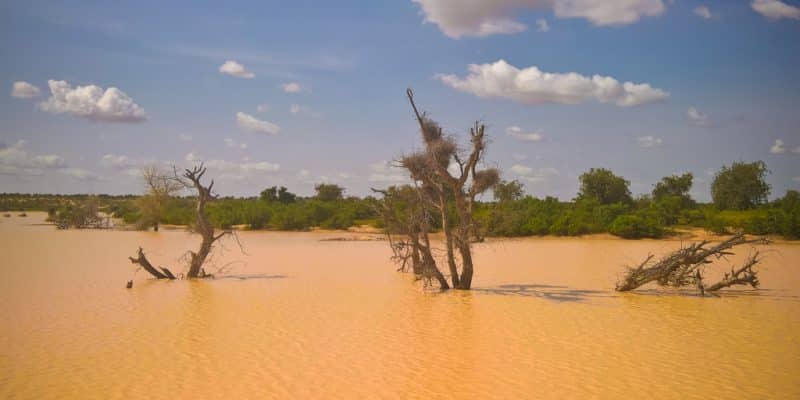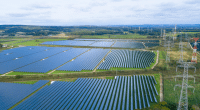In the aftermath of the floods of the third quarter of 2022 caused by the rising waters of the Niger River, the Nigerien authorities indicate that the situation is "under control".
Since July 2022, Niger has been hit by heavy rains of up to 200 millimetres in places. After the latest floods in early September, which killed 75 people and affected more than 108,000 others, the Nigerien authorities are defusing the alert and reassuring the local population. “The situation of the local river flooding following the rainwater carried by the tributaries of the River Niger, notably the Sirba and the Gorouol, is calm,” announced the Nigerien Minister for Humanitarian Action.
According to Laouan Magagi, the maximum height of 568 cm was observed in the Niger basin (Burkina, Mali, Niger) following the rainfall that led to a significant rise in the level of the river during the month of August. However, the government is inviting Nigeriens to “increase vigilance and caution in the face of the risk of flooding” which could reappear at any time during this rainy season.
Although the city of Niamey is located in the southern band of Niger and has an average annual rainfall not exceeding 550 mm, experts indicate that flooding in the Nigerien capital is linked to natural causes (in particular the flow of the river, which can leave its bed), to the sealing of the riverbanks or to the continuous degradation of the soil, which accentuates runoff and limits infiltration.
Read also-AFRICA: Egypt-ICF forum opens on climate finance
Between August and mid-September 2022, the rains in Niger caused the collapse of houses and the destruction of 144 granaries containing 13.8 tonnes of food, as well as the draining of 360 walls, according to Niger’s Directorate General of Civil Protection (DGPC). Among the areas most affected are the regions of Maradi (south-west), Zinder (south-east) and Tahoua (north-west). For the record, these same territories paid the price of the floods that Niger experienced in 2021 with a toll of 77 deaths and significant material damage, according to the United Nations (UN).
Benoit-Ivan Wansi





